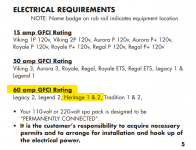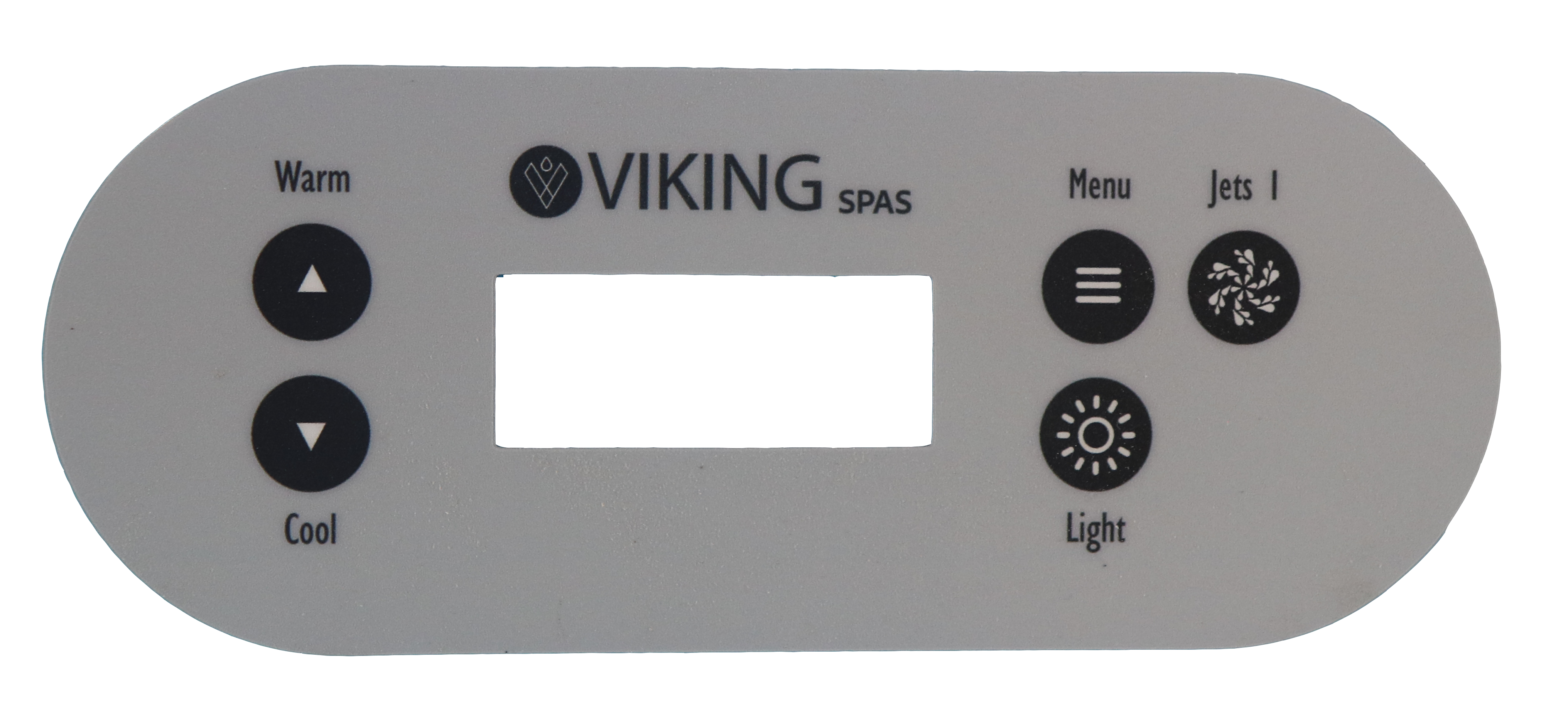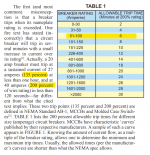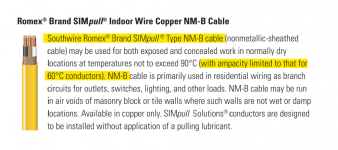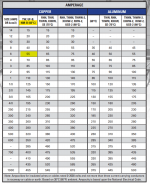We have a Viking Heritage 2 spa that has been nothing but trouble since we bought it. It constantly trips the 50 amp gfci breaker. According to our infrared thermometer the breaker itself is getting to temperatures of at least 140, it is definitely too hot to touch. When we bought the spa we had our main panel upgraded and the electrician installed a separate breaker in the main panel for the spa as well as the outdoor panel. The electrician used the instructions provided to us by our dealer. Unfortunately that dealer closed about 6 months after our purchase. This has left us without a local dealer and support. Viking sent a tech from another dealer who opened the spa, looked around and decided it wasn't something obvious. He then proceeded to tell us that our wire was too small for the 50 amp breaker. Our wire is 6 gauge which I believe is the correct size wire, at least according to google. He left and that was that. We have talked to Viking so many times and the last time I contacted them they did not call me back. That was several months ago.
The lack of service is why I am here asking for help. We don't use our spa everyday, but I have to check it everyday to make sure that it still has power to ensure that it is not freezing. I know we could drain and winterize but we'd really like to be able to use the spa on milder days. Not to mention that this has been happening for over a year now.
We did have the gfci breaker replaced early into the problem in case it was just a bad breaker. Other than that I don't know what we should do.
Thank you!
ETA: I forgot to mention that it will run for a couple of hours without tripping. Generally I can heat it 3-6 degrees at a time. It takes days to heat it after draining and refilling. Once it reaches the temp it will maintain it but I don't usually leave it set at 103 all the time. lol
The lack of service is why I am here asking for help. We don't use our spa everyday, but I have to check it everyday to make sure that it still has power to ensure that it is not freezing. I know we could drain and winterize but we'd really like to be able to use the spa on milder days. Not to mention that this has been happening for over a year now.
We did have the gfci breaker replaced early into the problem in case it was just a bad breaker. Other than that I don't know what we should do.
Thank you!
ETA: I forgot to mention that it will run for a couple of hours without tripping. Generally I can heat it 3-6 degrees at a time. It takes days to heat it after draining and refilling. Once it reaches the temp it will maintain it but I don't usually leave it set at 103 all the time. lol
Last edited:



